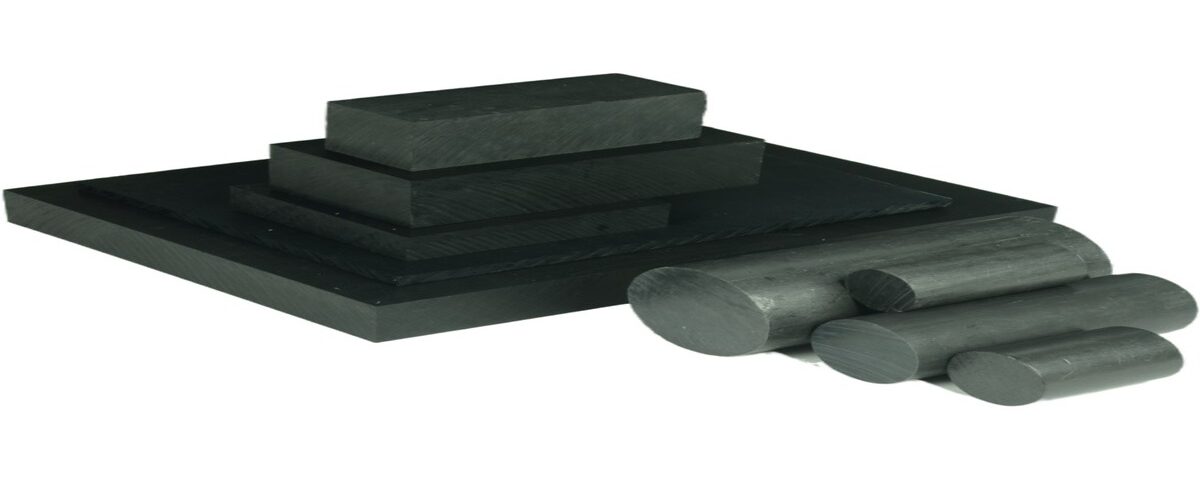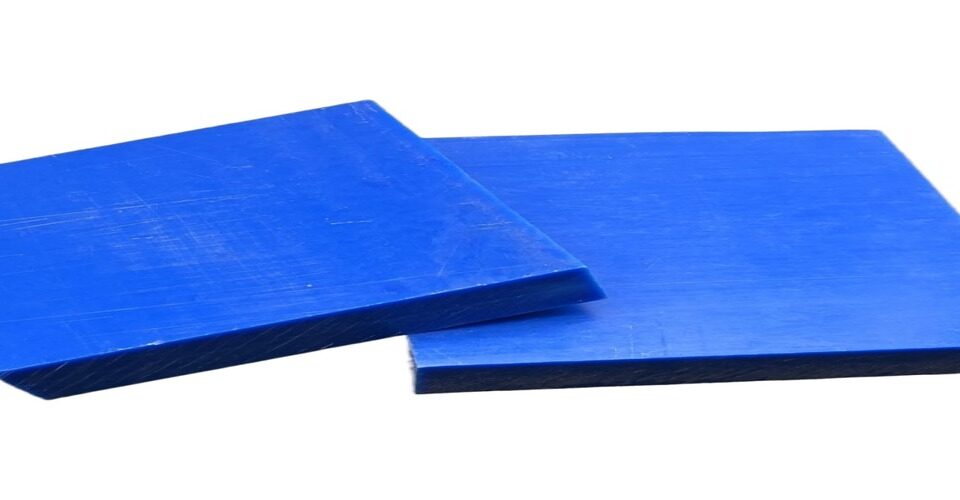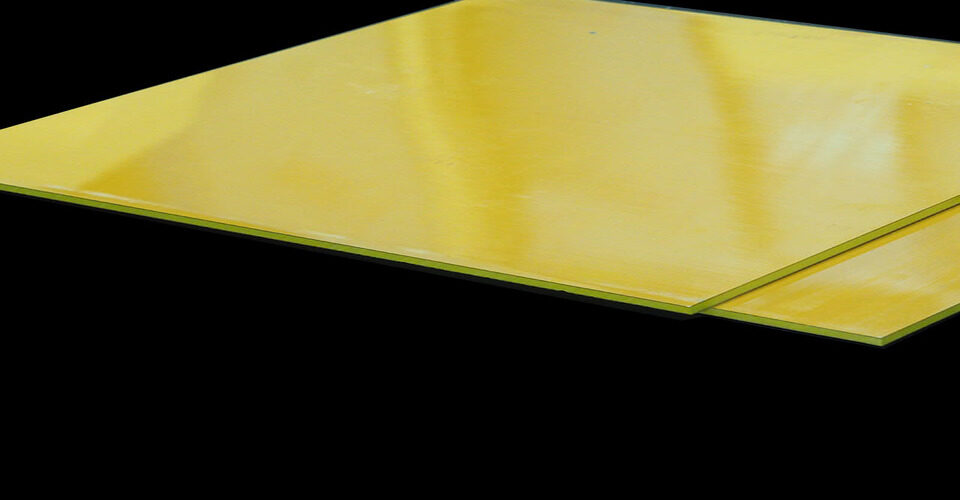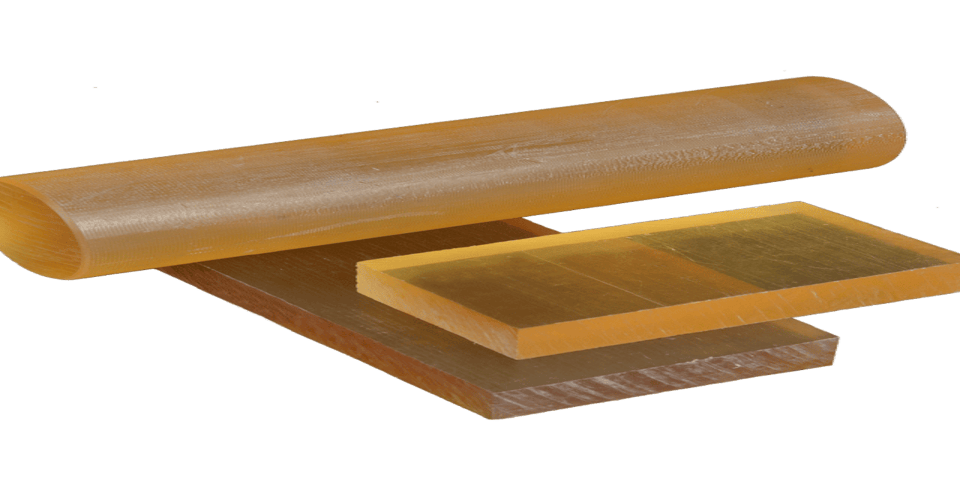
Is HDPE plastic safe for food?
November 19, 2024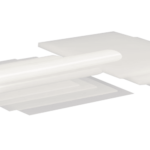
What is the raw material of PCTFE?
November 19, 2024HDPE (High-Density Polyethylene) and PTFE (Polytetrafluoroethylene) are both types of plastic materials, but they differ significantly in terms of their properties, uses, and chemical composition. Here’s a breakdown of the key differences between these two plastics.
What is HDPE?
HDPE is a thermoplastic made from petroleum. It is characterized by its high strength, low-density structure, and resistance to impacts, chemicals, and moisture. HDPE is commonly used in products like milk jugs, food containers, plastic bags, and pipes. It is widely regarded as one of the safest plastics for food storage.
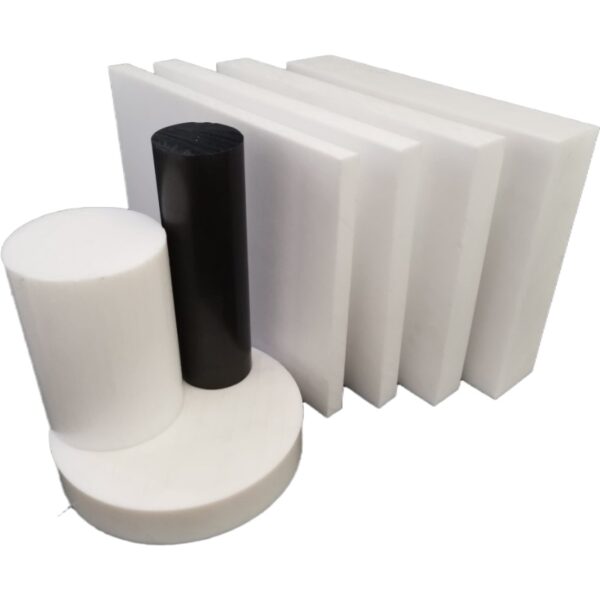
What is PTFE?
PTFE, commonly known by the brand name Teflon, is a high-performance plastic known for its exceptional non-stick properties, high chemical resistance, and ability to withstand extreme temperatures. PTFE is used primarily in non-stick cookware, electrical insulation, and as a lining material in industries dealing with corrosive substances.
Are HDPE and PTFE the Same?
No, HDPE and PTFE are not the same. While both are plastics, they differ significantly in structure, performance, and applications. HDPE is more rigid and is used for general-purpose applications like packaging and containers. PTFE, on the other hand, is known for its unique properties like low friction, high temperature tolerance, and chemical resistance, which make it ideal for specialized uses such as in the aerospace, automotive, and chemical industries.
Key Differences
- Chemical Composition: HDPE is made from polyethylene, while PTFE is made from fluorine-based polymers.
- Properties: PTFE is more resistant to heat and chemicals compared to HDPE.
- Uses: HDPE is common in consumer goods, while PTFE is used in high-performance applications.
Conclusion
While HDPE and PTFE are both plastics, they have different characteristics that make them suitable for distinct uses. They are not interchangeable materials.


